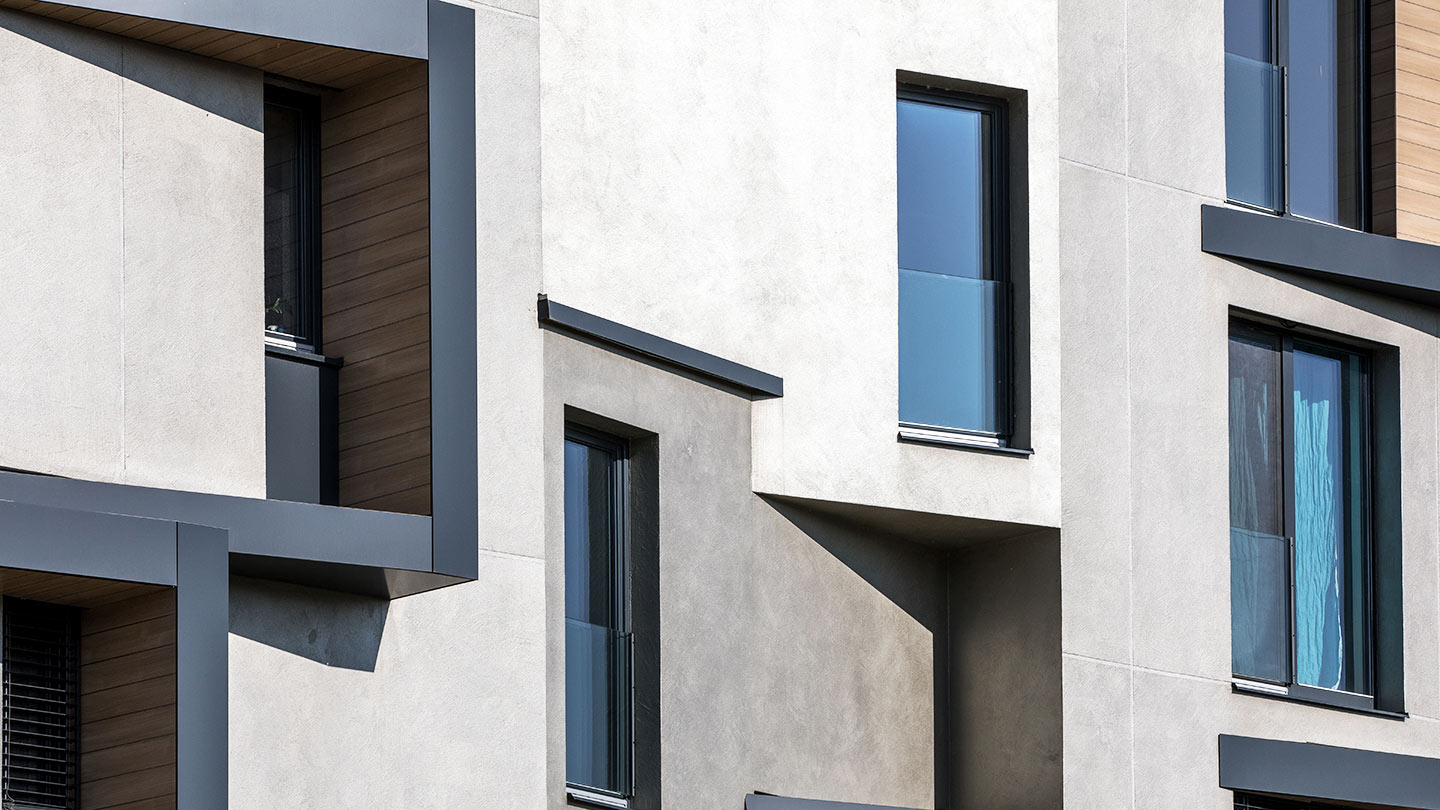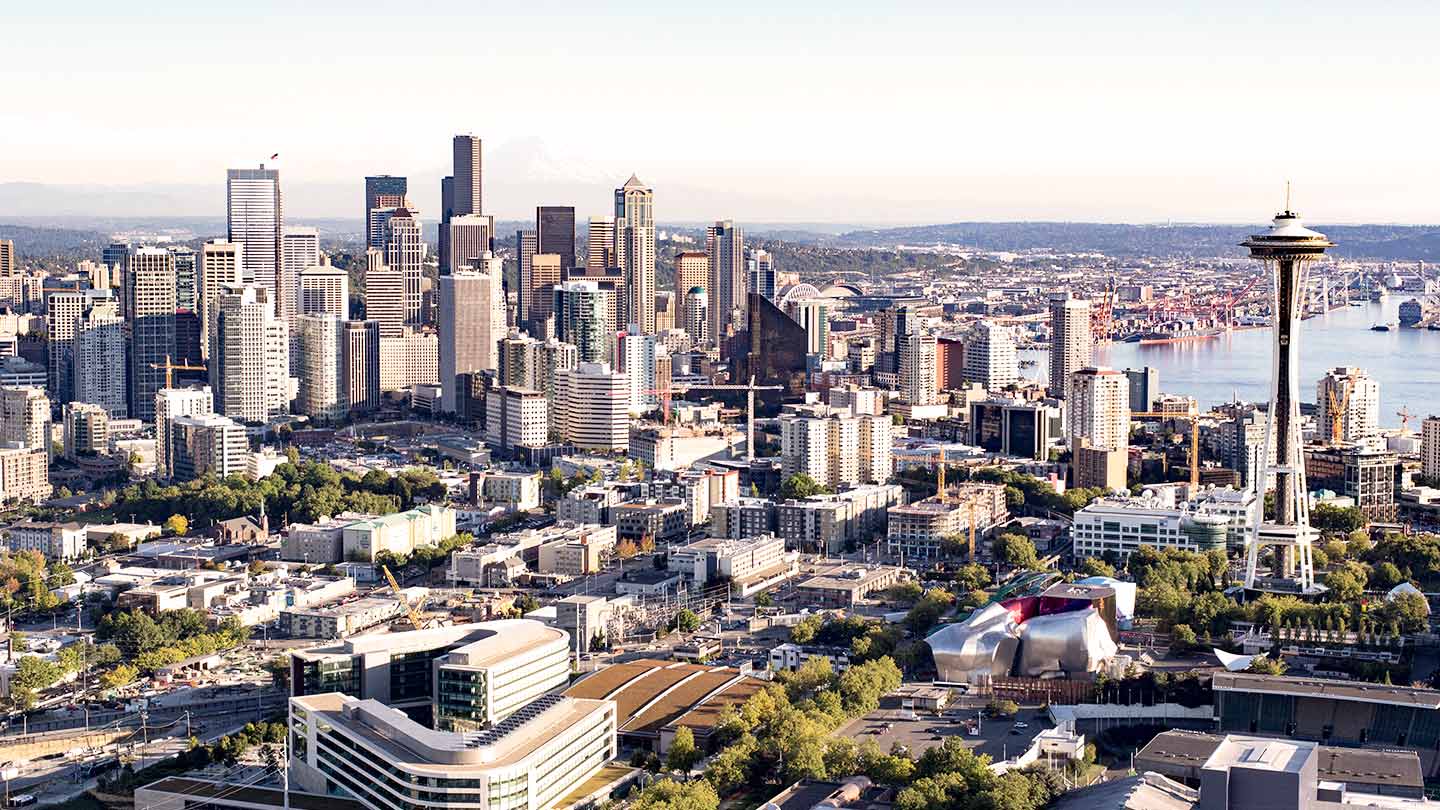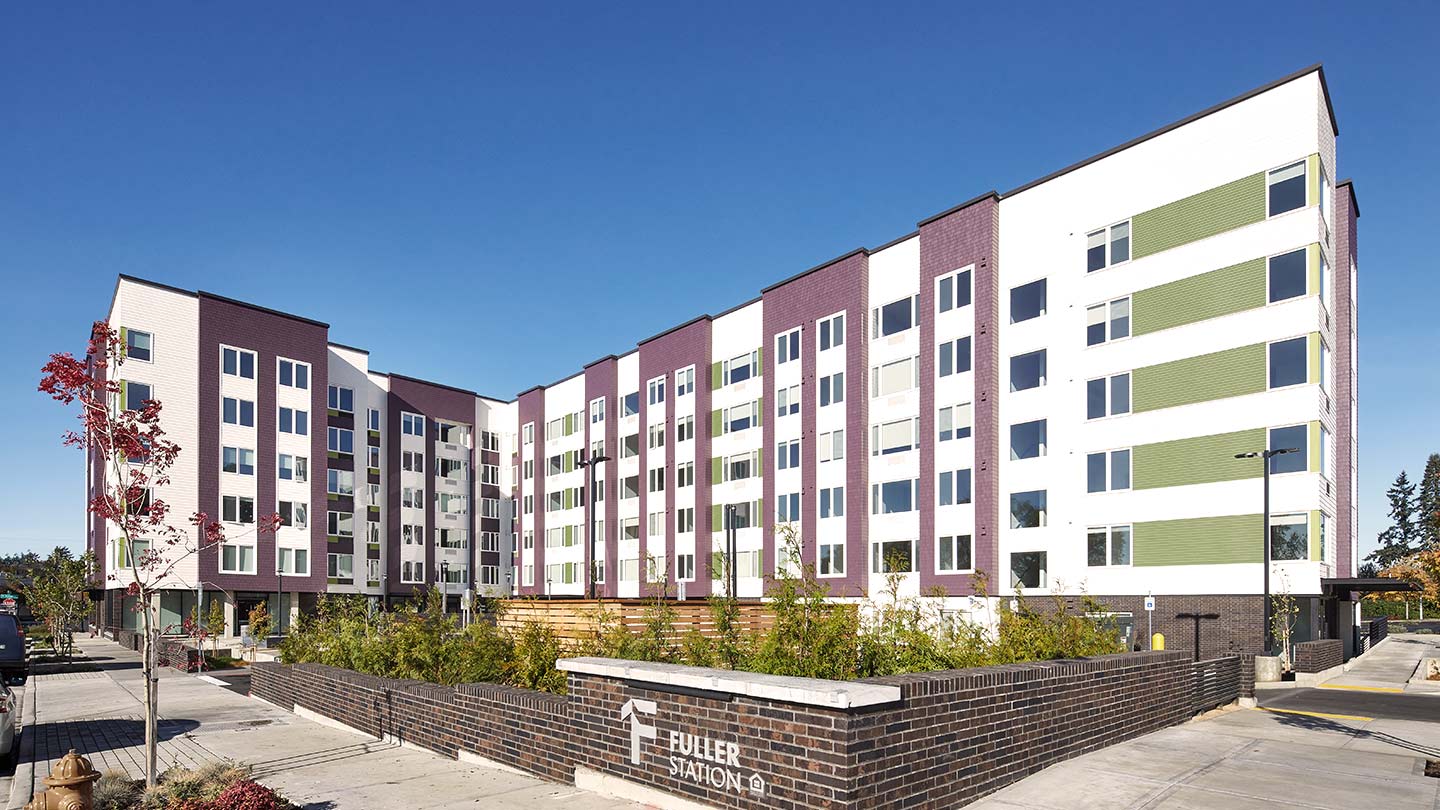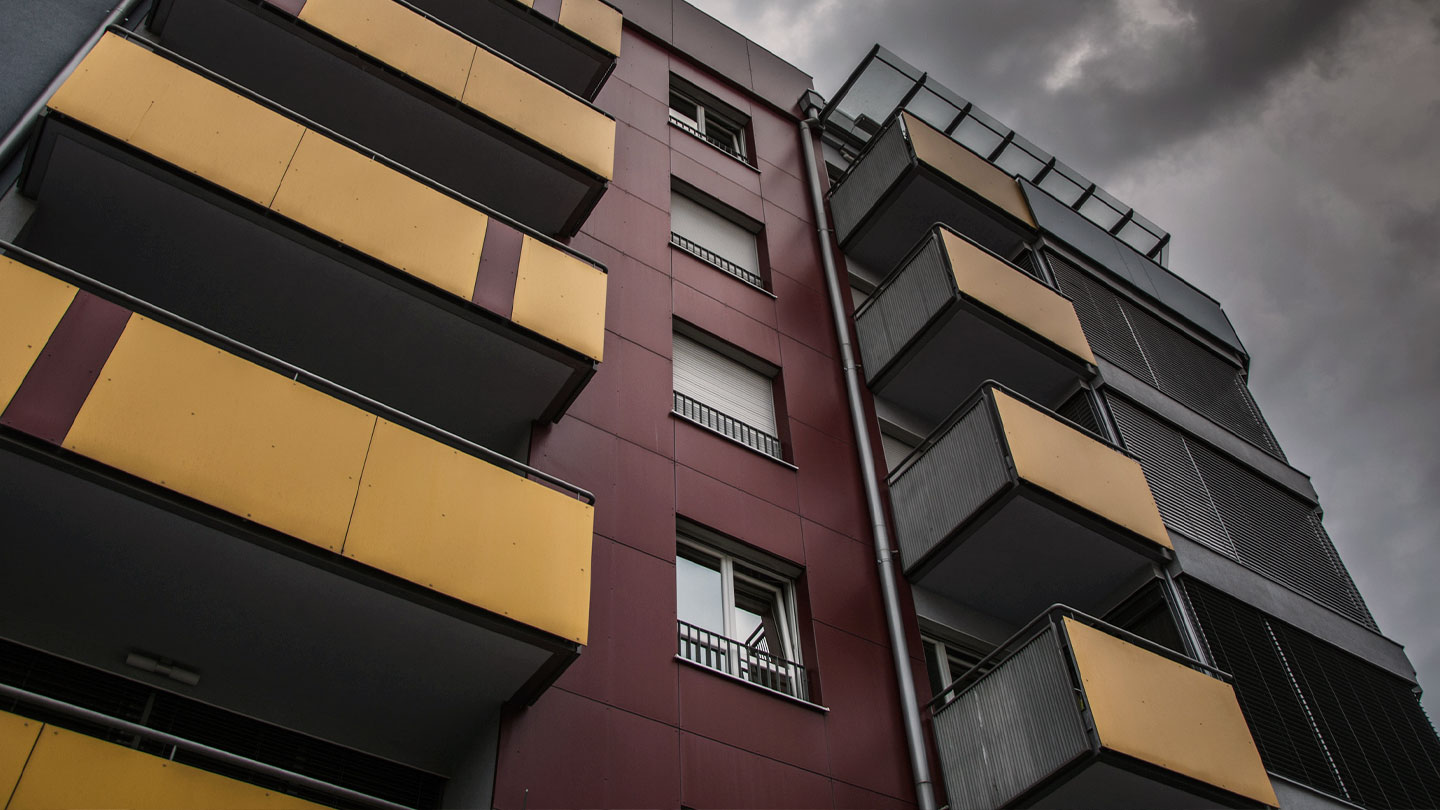
4 min read
During economic uncertainty and market volatility, marketing your multifamily properties may not seem like a top priority. However, it’s precisely during these times that a well-crafted multifamily marketing plan matters most.
A strategic approach to marketing your property can help you:
- Minimize vacancy by building a pipeline of prospective renters
- Save time and money when you identify and focus on high-impact marketing initiatives
- Improve retention through stronger resident communications
“Marketing has value year-round,” said Chad Cowman, Head of Commercial Real Estate Marketing at J.P. Morgan. “But in times of economic uncertainty, it can be even more beneficial.”
Here are five tips to help you optimize your multifamily marketing efforts during economic uncertainty.
1. Get to know your residents
It’s common to ask new residents where they heard about the apartment. This feedback—along with reviews and social media comments—offers valuable insights into your renters’ concerns, what they value about your property and how they search for apartments. All that information can enhance your marketing efforts.
However, direct communication remains the best way to make sure you’re on the same page as your residents. Whether through email surveys, in-person focus groups or an informal chat about residents’ biggest concerns, open communication can help you better navigate economic uncertainty together.
2. Digitize as much as possible
Many renters are accustomed to searching for properties, communicating and making payments online. Look for opportunities to use proptech to help attract and retain renters while saving time and money. If you offer digital amenities that benefit residents, don’t forget to market them in your apartment listings.
- Online payment options: Offering multiple payment options—such as digital wallets, credit cards and mobile pay—can help ensure timely rent payments. Adopting digital payment processes also improves operational efficiency, whereas manual, paper-based processes are not only time-consuming but often expensive and vulnerable to fraud.
- Virtual tours: Virtual tours and in-depth online property info help potential renters understand an apartment’s layout and amenities before reaching out, easing the leasing process.
- Smart technology: Connected devices, such as smart locks, thermostats and lighting, offer convenience or potential energy savings that help attract renters.
- Predictive analytics: Predictive analytics tools can help you make data-driven marketing decisions.
3. Use caution when automating marketing
Automation is great when it’s business as usual, but uncertainty frequently calls for a more manual approach. For example, you may want to turn off your scheduled social media posts—which don’t adjust messaging or timing around major news events, crises, trending memes or shifts in internet discourse—to help avoid posts that appear tone-deaf or in poor taste.
Before you post, Cowman suggested putting yourself in your residents’ shoes. “Consider what they are feeling and where they might need support,” he said. “Question the message you want to relay, to whom, why and if this is the right medium.”
Social media marketing also requires follow-up efforts.
“Remember that social media can be used as a great tool to communicate quickly with large groups of people,” Cowman said. “But as a company, you must be available after posting for questions, comments and clarifications that may be needed in a time of stress.”
4. Review and refine your multifamily marketing efforts
Economic uncertainty might require a closer look at your marketing budget to ensure you invest in efforts with the highest return on investment. If ads in a local publication aren’t generating prospective renters, consider revising those ads or testing new outlets.
You may also want to narrow your marketing focus to receptive prospects. Digital marketing tools—such as retargeting and remarketing strategies—focus on people who have already shown interest in your website or ads.
And don’t overlook the power of low- and no-cost marketing efforts.
“Take advantage of free marketing such as social media, word-of-mouth, influencers, email and online forums before spending money on other options such as content creation, website development and paid advertising,” Cowman said. “Consider asking renters for things like social reshares, referrals or content creation related to the property. In exchange, you can provide rental discounts or prizes.”
5. Communicate with residents
Marketing isn’t just about attracting new renters. Maintaining ongoing communication with residents is critical to addressing their needs and promoting retention.
Messaging matters, too. For example, in times of economic uncertainty, when residents may be facing financial pressure, consider emphasizing amenities that add value, such as free Wi-Fi, dog runs and gym space.
Outside of regular communication, prepare messages for unexpected disruptions, including:
- Cyberattacks, including wire fraud and ransomware
- Natural disasters ranging from floods to wildfires
- Supply chain problems that could cause maintenance delays
“Ultimately, home is where you want to feel safe,” Cowman said. “So marketing the value of your safe, clean, supportive property or community can go a long way to retain and attract renters in times of uncertainty.”
The bottom line
Commercial real estate is, by nature, a cyclical business. Amid economic uncertainty, focus on marketing efforts with a proven record of success, look for efficiencies and maintain clear communication with your residents to address their needs. When multifamily property owners and investors make wise marketing decisions during uncertain times, they can emerge successfully.
Take modernizing amenities a step further—and gain a competitive edge—with a real estate as a service business model.
JPMorgan Chase Bank, N.A. Member FDIC. Visit jpmorgan.com/commercial-banking/legal-disclaimer for disclosures and disclaimers related to this content.







